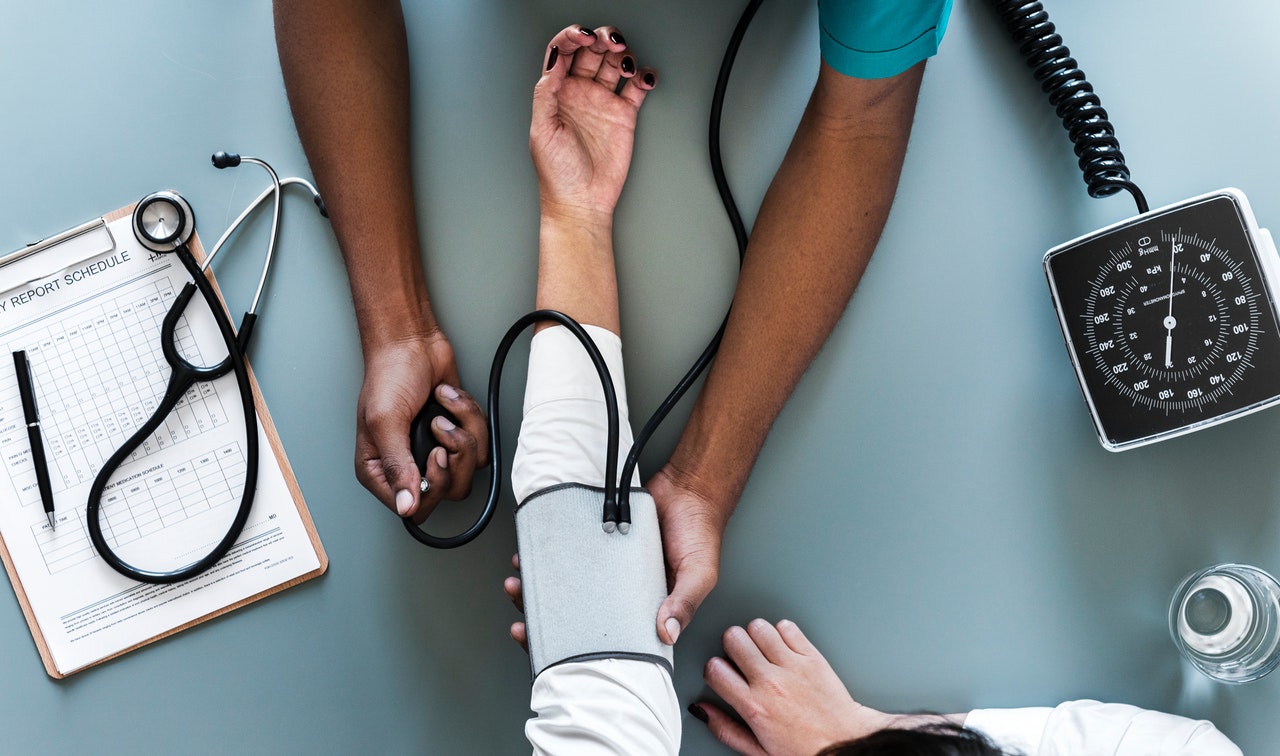Home Care Assistance is Changing the Way the World Ages. This is the latest installment of our “How To” series, where we lay out smart and easy-to-understand advice on navigating the aging process.
Whether it’s a physician taking measurements at a check-up, or a home care professional gathering vitals weekly, the numbers matter. Be it a spike here, a dip there, or an emerging pattern, everyone should know what to look for.
That begins with understanding the four big buckets that define the umbrella term “vital signs”:
- Heart rate
- Breathing
- Blood pressure
- Temperature
Collectively, these say a lot about everything from whether a medication is working, to how a physical therapy program is affecting someone. Arming yourself with enough info to point out trends and ask questions helps you bridge the gap between life at home, and the healthcare team you’re working with.
Here are four key take-aways to keep in mind, and raise with the doctor if you’re concerned:
1. Not all pulse rates are created equal.
A normal pulse or resting heart rate ranges from 60 to 100 beats per minute. But that varies across a number of factors, so learn how to measure heart rate. The “radial pulse” on the lateral part of the wrist is usually the easiest to access. Place two fingers between the bone and the tendon over the radial artery (that’s on the thumb side of the wrist). When you feel the pulse, count the number of beats in 15 seconds and multiply by four to get the beats per minute. If the rhythm seems irregular or you’re noticing skipped beats, measure the pulse again for a full minute this time.
A higher-than-usual heart rate (upwards of 100 beats per minute) is called tachycardia. Anything under 50 to 60 beats per minute is a decreased heart rate, known as bradycardia. An irregular rhythm, or extra beats, can lead to symptoms like dizziness, light-headedness or even fainting. While these may not be a cause for immediate concern in a younger person, all can be flags of a bigger issue in the elderly.
2. Every breath you take tells a story.
Breathing is one of the body’s most basic functions. It’s how we bring oxygen in, and push toxins, like carbon dioxide, out. But as simple as breathing seems, the way we breath – and what it says about our health – is anything but.
From asthma, pneumonia and emphysema to COPD or even lung cancer, respiratory illnesses are serious; more so for the elderly. Listening for signs of trouble can help you head off respiratory trouble at the pass.
Quality of breathing is important. Do you hear wheezing or sighing? How deep is each breath and, just as important: how quick? Normal rates are about 12 to 20 breaths per minute.
Patterns are also key. Breathing that sounds like gasping inhales followed by a pause and then a brief, too-short release can signal a bigger issue. Take note of anything that doesn’t sound – or look – right. Skin that’s grey or otherwise off can also be a sign that someone’s not getting the oxygen they need.
3. Be it high, be it low, blood pressure is a big indicator of overall health.
Blood pressure changes over time, and can increase as we age – especially after 50. What many don’t realize is that blood pressure tracks differently even over the course of a day. It’s lower in the morning, rising and peaking in the early evening. Everything from exercise to fear affects it. The average adult blood pressure clocks in around 120/80.
Familiarize yourself with what’s normal for the senior in your life. Remember: it’ll fluctuate during the day. If they’ve exerted themselves, it should return to normal within five minutes, so give yourself a buffer before taking a new measurement. Watch for hyper (too high) or hypo (too low) blood pressure and mention anything out of the ordinary to the doctor.
4. When a body heats up or cools down, something else might be going on.
While heart rate, breathing and blood pressure tend to take the spotlight, we often forget to monitor body temperature.
We lose body fat below the skin as we age, which can leave seniors feeling chilly. But temperature swings that are bigger than just the need for an extra sweater should be checked, and re-checked.
Anything below 95 degrees Fahrenheit could indicate a medication reaction or illness, and merits a double take. On the other end of the spectrum, fever in a senior is usually defined as a temp above 100 degrees Fahrenheit, and could be a sign that someone’s fighting off an infection or other medical issue. Both should be on your radar.
Final thoughts
Heart rate, quality and pace of breathing, blood pressure, and body temperature provide essential insight into the state of a person’s health. They’re critical indicators that can tell us about changes in someone’s physical or psychological well-being. When health professionals monitor vital signs, they learn a lot about how a patient’s doing. You can play a big part in that journey by learning what to watch for at home in between visits, and raising questions if anything seems off.

